An Overview of Water Booster Pump Stations
Every home and business relies on having unfettered access to freshwater. Water distribution systems are vital to our daily lives. We rely on them for sanitation, manufacturing, agriculture, and consumption. Adequate water pressure must be maintained for water distribution systems to work properly. Civil engineers leverage gravity to make water distribution systems work, but in areas where the terrain is uneven, booster pumps (and booster stations) are used to help maintain appropriate water pressure levels.
What is Water Pressure?
Simply put, water pressure is the force at which water travels through a pipe. Water pressure is measures in pounds per square inch (psi). It is normal for water pressure in homes to be between 30 and 80 psi, with anything over 80 psi being a code violation.
Municipal water systems use sensors to send information about pressure levels as water flows through the pipes. Having an understanding of where the water pressure is too low can help operators diagnose equipment problems, perform preventative maintenance, or discover locations where supplementary booster pump stations are needed.
The Importance of Adequate Water Pressure
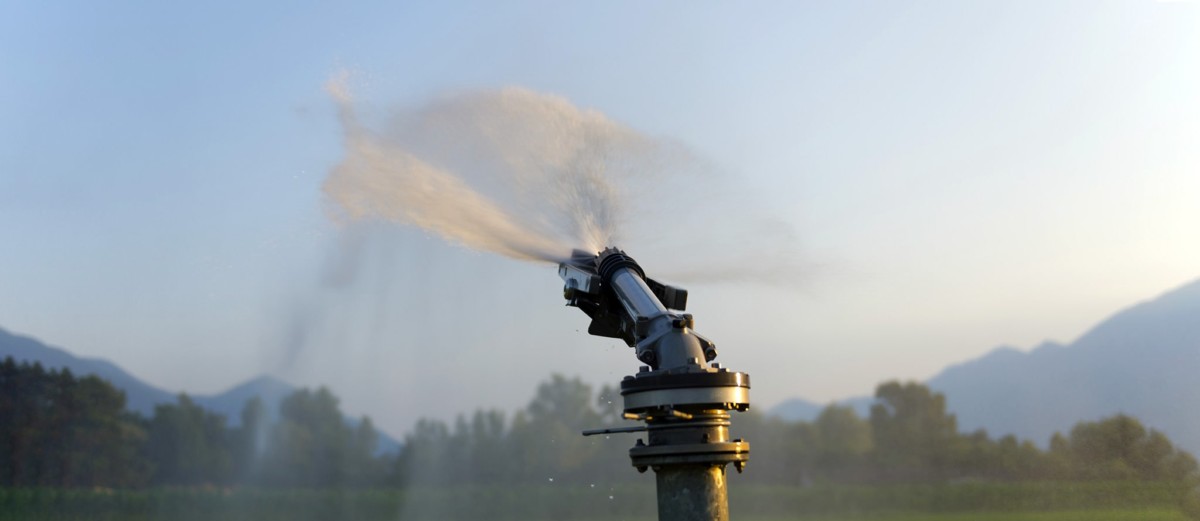
Water pressure isn’t just a matter of consumer comfort. In irrigation systems, the pressure determines the coverage area of sprinklers. Multi-story buildings depend on extra pressure to push water to upper levels against the forces of gravity.
The pressure of water also plays a significant role in fire prevention. Fire departments depend on hydrants to have enough force to fight fires from a safe distance. Building sprinkler systems need sufficient pressure to cover their intended area. In order to ensure that water systems are ready in case of an emergency, it is imperative that utilities routinely monitor the water pressure in suppression systems.
Causes of Low Water Pressure
Water suppliers use booster pumps to maintain pressure levels along various parts of the distribution system where low pressure is a chronic problem. Local geography plays a large role in determining the locations where booster pumps are needed along the distribution chain.
Vertical Climb
Thanks to gravity, water naturally flows downhill with no effort. However, it’s rare that the local terrain only follows a steady downhill slope. Booster pumps help maintain water pressure levels in cases where the water needs to flow uphill or climb through several stories in a building.
Distance Traveled
Water tends to lose pressure the further it travels from its point of origin. This is caused by variations in the terrain and from the slight amount of friction that exists between the water and the lining of the pipe it flows through. While liquid friction has a low impact over short distances, it can create a noticeable impact on water pressure levels over longer distances.
System Demand
Every time someone opens a faucet, water is diverted from the main flow. When many people are drawing from the water supply system simultaneously, it can impact the overall water pressure greatly. In cases where water pressure is low from high demand, water operators need to increase overall flow volume at peak times.
System Problems
Water utilities often use remote sensors to determine the water pressure at different points in the system. Unexpected changes in pressure may point to an equipment problem. One of the advantages of constant pressure monitoring is that providers can detect leaks and blockages before they significantly impact the system.
What is a Booster Station?
A booster station is a collection of booster pumps strategically located in a water distribution system. Pump stations work to maintain consistent pressure and provide adequate flow. These stations may also move water from ponds, reservoirs, and water towers into the system.
What is a Booster Pump?
A booster pump is a single unit designed to increase water pressure. While lift stations are used in wastewater collection systems, booster pumps are specific to freshwater distribution systems. These devices consist of a motor, impeller, inlet, and outlet. Most pumps use a spinning fan to move liquid. However, some use an oscillating diaphragm to squeeze water into the system. With SCADA technology, booster pumps are fitted with sensors to measure and report water pressure and flow rate.
Typical Applications for Booster Pumps
A water booster pump is a necessity in several situations. It takes some extra power to overcome the forces against water flow.
Municipal Water Booster Pump Stations
Depending on the terrain, pump stations may be the only way to supply customers with the water they need. Municipal water utilities frequently employ SCADA technology to keep the system running smoothly.
Irrigation Systems
If water doesn’t have enough power, the spray from irrigation systems won’t have a far enough reach. Additional pumps will increase the water pressure.
Supplemental Tank Systems
Water towers and tanks are familiar sights across the country. Many towns place their towers at higher elevations so that the force of gravity will let the water flow when needed. However, additional pumps are often necessary to bring water into the storage unit.
High Rise Buildings
Multi-story buildings require pump systems to bring water to the upper levels at the proper pressure. The patron paying for the penthouse suite will want the same pressure as someone on the first floor.
Pump Stations, Water Pressure & Flow Rate

Water booster pumps are powerful tools for maintaining consistent pressure. However, overusing booster pumps for water pressure may impact water volume. Increasing the pressure will also increase the flow volume up to a point. For every water pressure booster, there’s a level where the increased pressure begins to decrease the amount of water that can flow through the system. This effect is similar to placing your thumb on a flowing water faucet. You increase the pressure by decreasing the flow rate.
Monitoring Booster Stations with a Cloud-Based SCADA System
A supervisory control and data acquisition system is a natural fit for water systems that employ pumps as water pressure boosters. SCADA technology allows management teams to observe the current conditions at any point in the water supply. Comparing past and present performance will lead to a faster response time to maintenance issues. Regular monitoring will help determine the ideal placement for additional water pressure boosters as the system expands.
An additional benefit of a cloud-based SCADA system is that automations can be triggered based on predetermined thresholds and operating conditions. For example, a booster pump station can be programmed to increase or decrease water pressure based on flow metrics, peak times, or other significant parameters designed to optimize a system’s flow.
SCADA analysis helps utilities maintain consistent performance throughout the system. Sensors will send automatic alerts when there are unexpected problems. The team can also program the equipment to respond immediately to increased demands or other factors that impact water pressure.
A SCADA System Partner for Municipal Water Systems
What is the water pressure in the system? A cloud-based SCADA system from High Tide Technologies gives municipal water distribution utilities the knowledge they need to meet customer demand without interruption. Remote sensors on supplemental pumps provide information on past and present performance, essential for determining an optimal maintenance schedule. Real-time data on flow rate and pressure changes offer a clear picture of the system’s health.
High Tide Technologies works with its partners to develop remote monitoring solutions for the water industry. We can provide software and support to integrate SCADA seamlessly into your current operation.
About High Tide Technologies
High Tide Technologies is an end-to-end cloud-based SCADA company that enables our users to create a complete SCADA solution that utilizes field units, satellite, cellular or Ethernet communications as well as the Internet to monitor and provides automatic control of your systems.
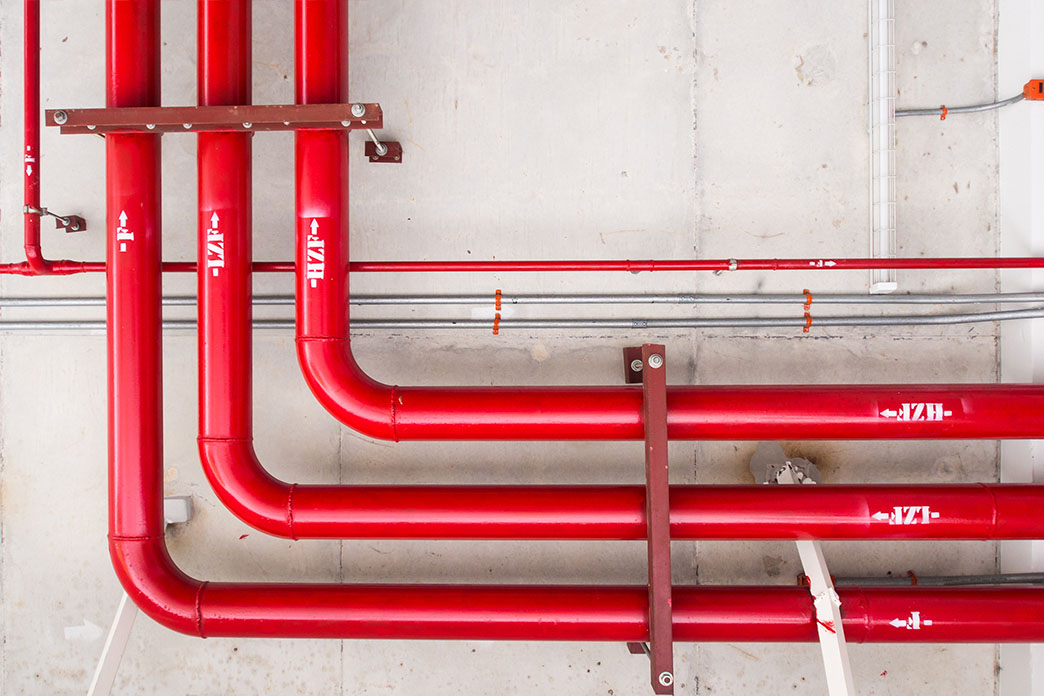
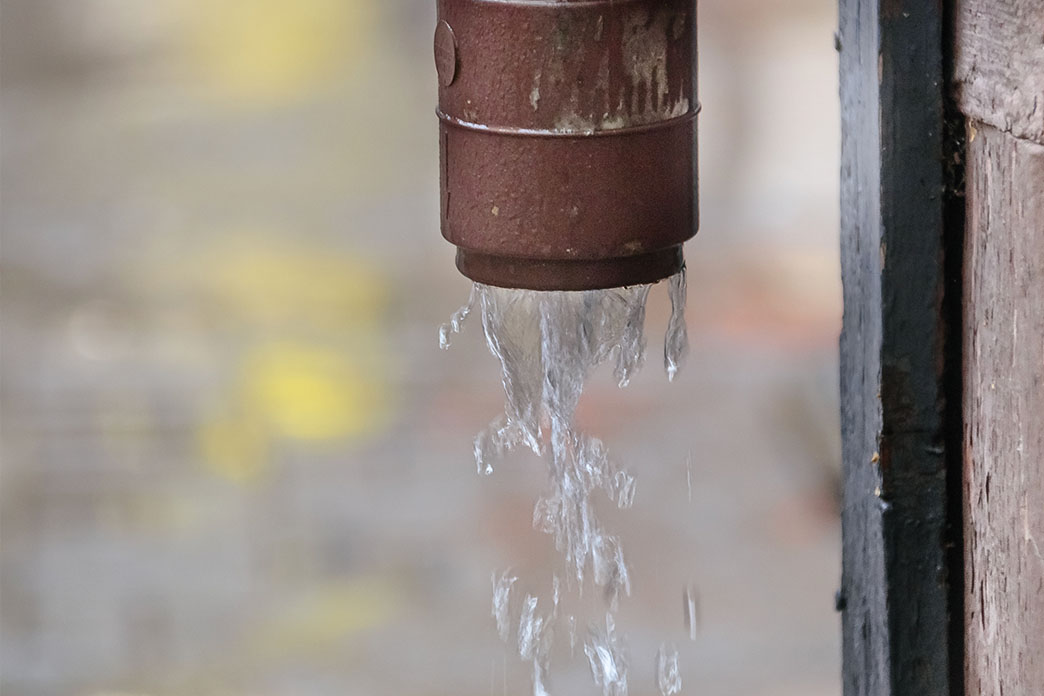

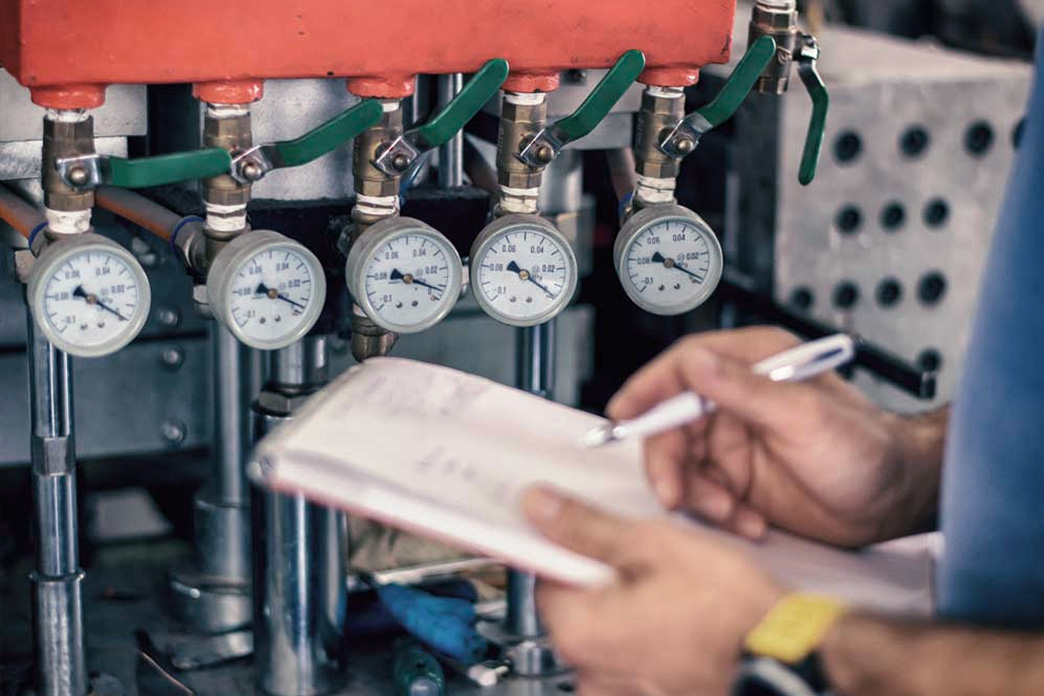
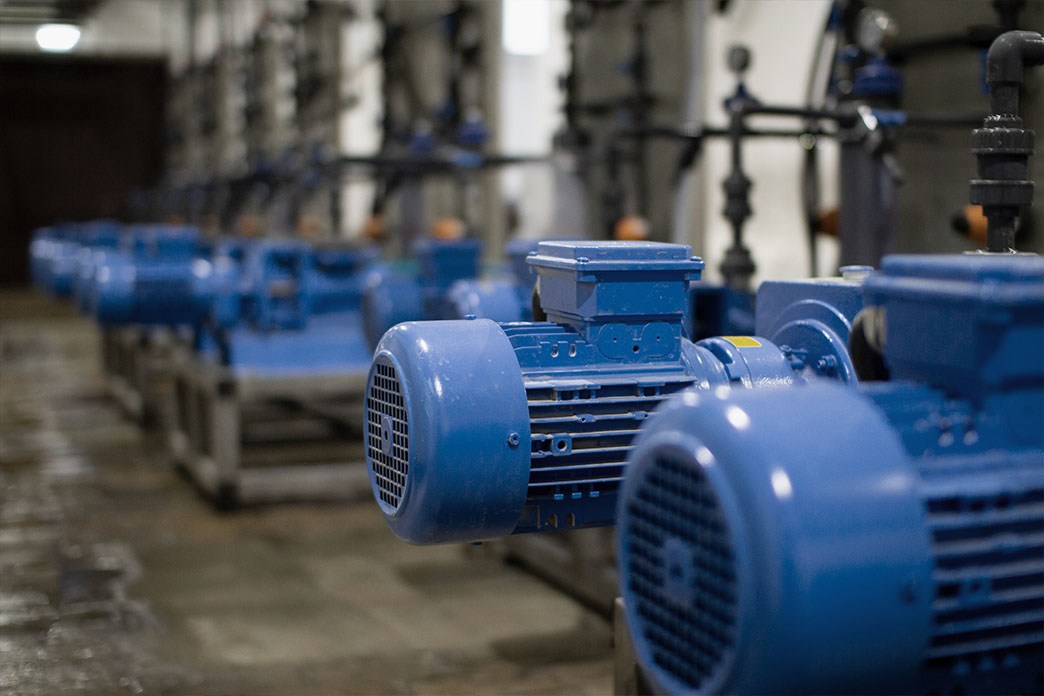
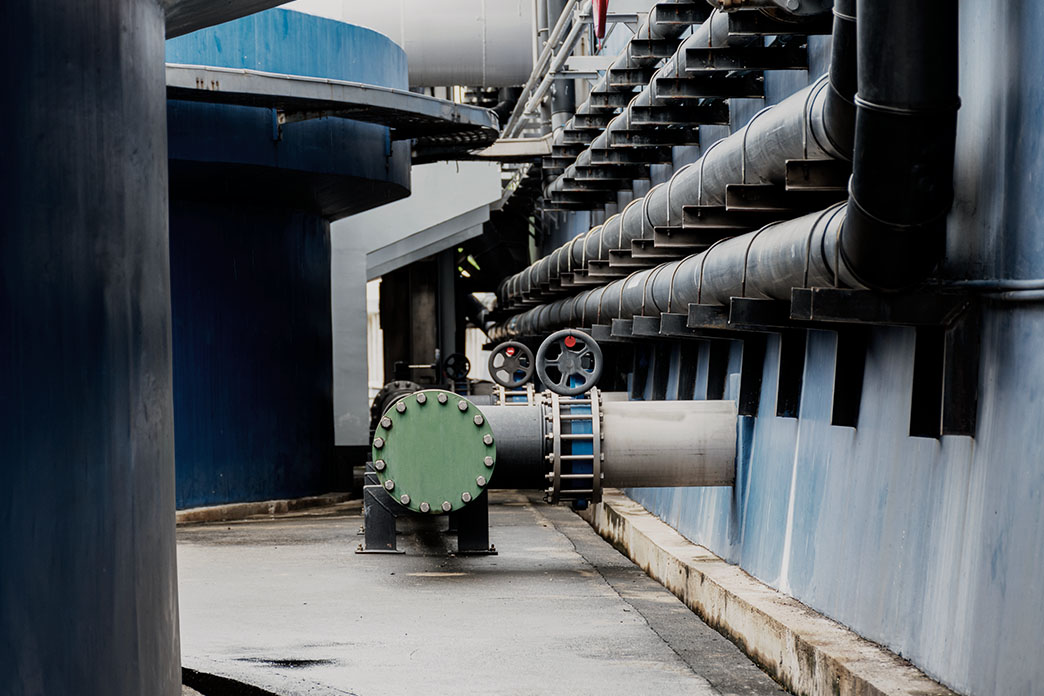
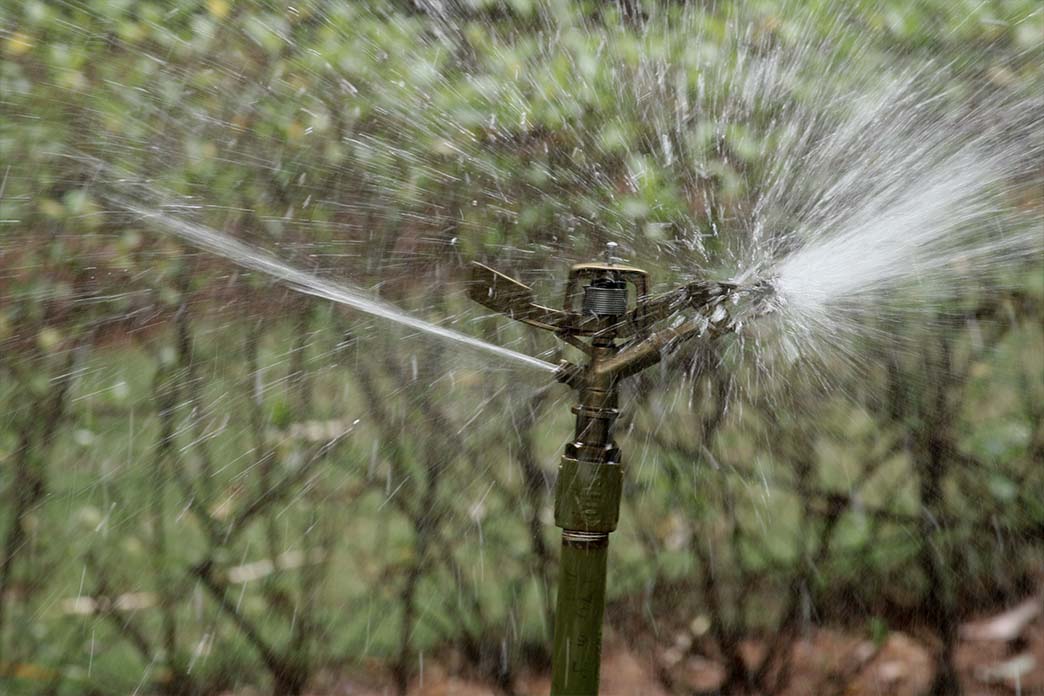
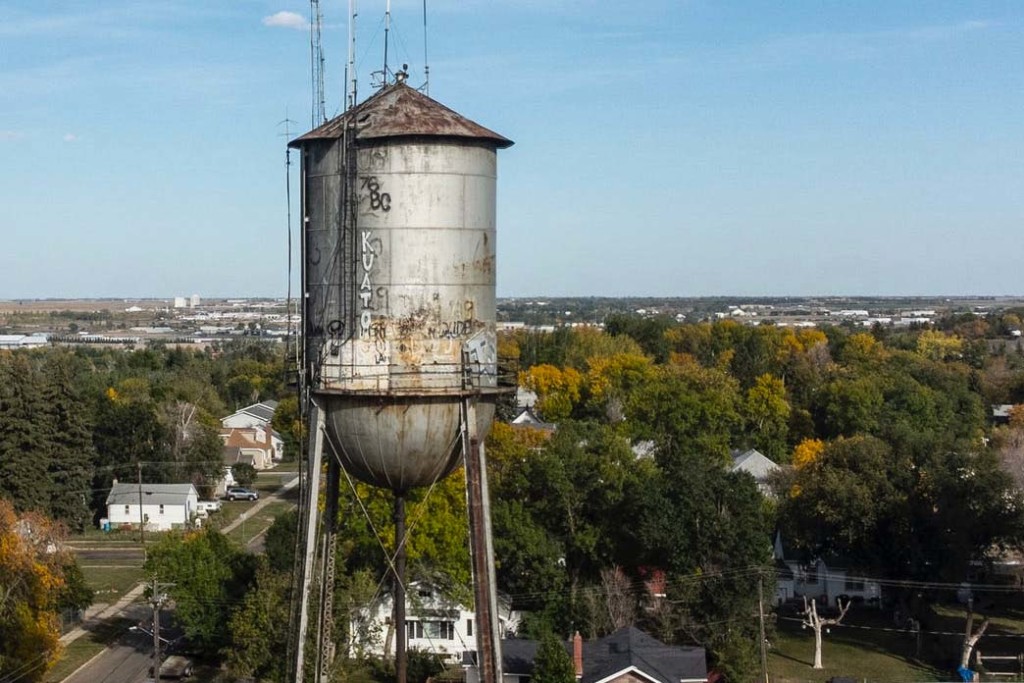



Share this case study